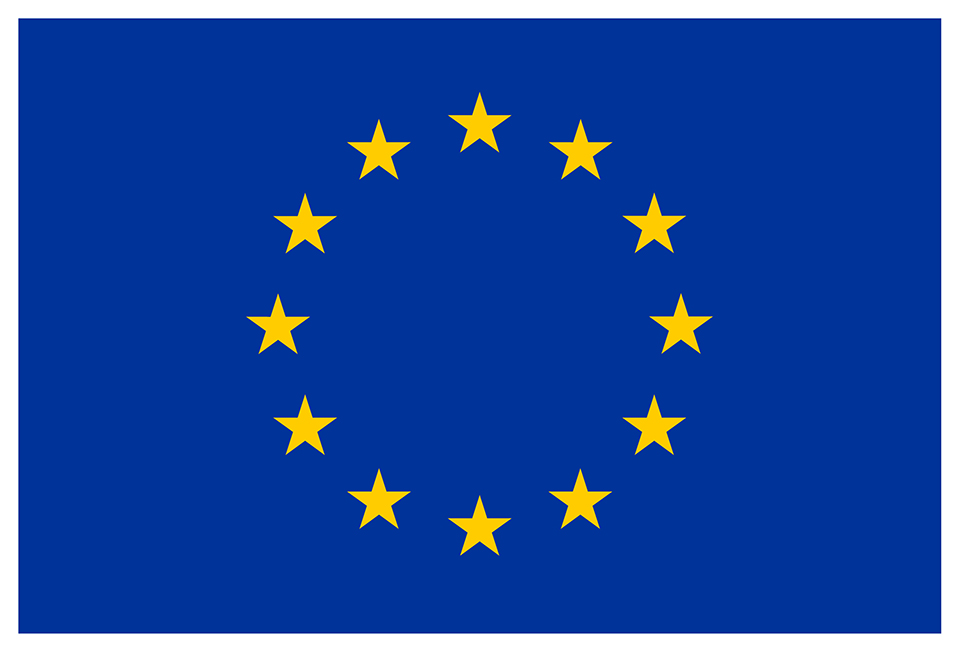In-situ ocean observations are crucial for understanding the ocean system, improving the quality of weather and seasonal climate forecasts, ocean models and forecasts of the state of the ocean and its ecosystems, climate research, validating satellite data and assessing the impact of management strategies. In-situ observations are direct measurements of sea water properties made using a combination of sensors on a wide range of platforms that allow autonomous observations at sea, such as profiling floats, drifting buoys, gliders, moorings, instrument-tagged marine mammals, Ships of Opportunity including commercial ships and ferries.
Dedicated research vessels carrying out regular and repeated global surveys of the ocean are still the only method available for measuring the full suite of water properties of the deep ocean below 2000 meters and in ice-covered polar seas. Research vessels are also the only means available for discrete hand-sampling of water properties, ecosystem variables, and biological samples that are not yet automated. In coastal zones, regular and repeated surveys of coral reefs, mangroves, seagrasses, macroalgae, fish and marine life are carried out manually in national, regional, and globally-coordinated networks.
Only united worldwide effort can ensure a fit-for-purpose ocean observation system deployed by 2030
This vast network of in situ observations allow us to observe ocean variability at different scales at and below the surface of the ocean. Because the deployment and maintenance of ocean observing infrastructure is technically complex and costly, international collaboration and coordination are crucial to ensure global coverage, global data sharing, and interoperability of the many sensors and sampling methods that contribute to a global view. Only united worldwide effort can ensure a fit-for-purpose ocean observation system deployed by 2030 that is able to provide the measurements we need to address major societal challenges in support of the UN’s Decade of Ocean Science for Sustainable Development, the EU’s Green Deal objectives and other international and EU goals.
The EU is strongly committed to the development of a coordinated system of global in situ ocean observations, and has established and funds marine in situ infrastructures and the EU Copernicus in situ component.
From profiling floats and research vessels, to buoys, tide gauges and even sensors on marine mammals, in situ observations are essential for operational oceanography. Credit: Copernicus Marine Service. For more information, click here.
European Marine Research Infrastructures
The European Commission, together with national funding, supports the development of marine Research Infrastructures (RIs) to conduct research and innovation and develop new technologies enhancing our marine environmental monitoring and prediction capabilities.
In the marine domain, RIs include specialised large-scale facilities encompassing instruments, vessels, data and services that cover wide scientific fields, in response to global marine challenges.
The following European RIs are contributing to sustained in situ global ocean observation. They have been or are being set up either as ERICs (European Research Infrastructure Consortia) with engagement at ministry level, or as AISBL (international non-profit organisation) with engagement at institute level.



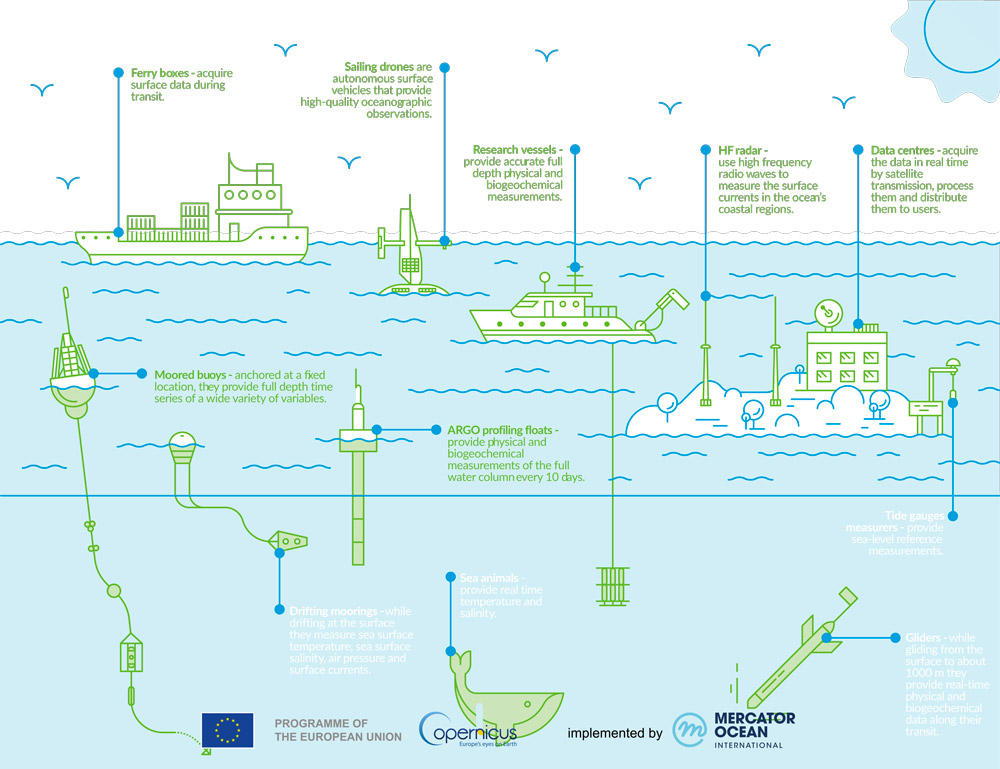

 embrc.eu
embrc.eu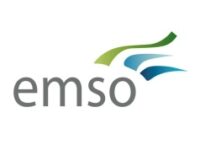 emso.eu
emso.eu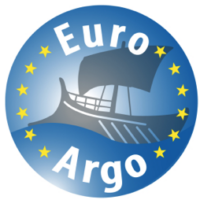 www.euro-argo.eu
www.euro-argo.eu www.eurofleets.eu
www.eurofleets.eu www.icos-cp.eu
www.icos-cp.eu www.jerico-ri.eu
www.jerico-ri.eu
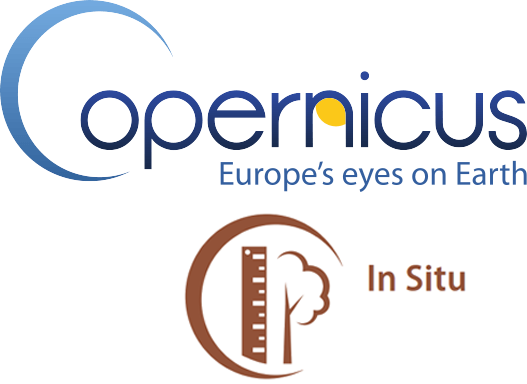 The
The 